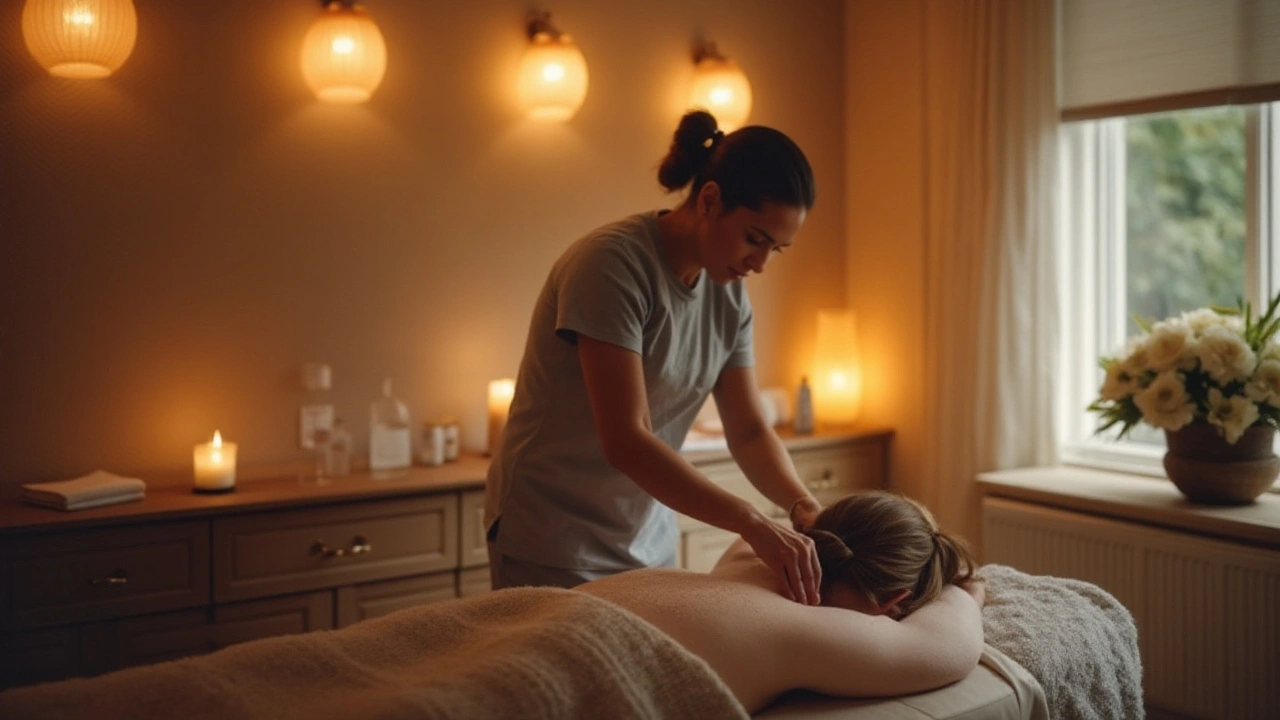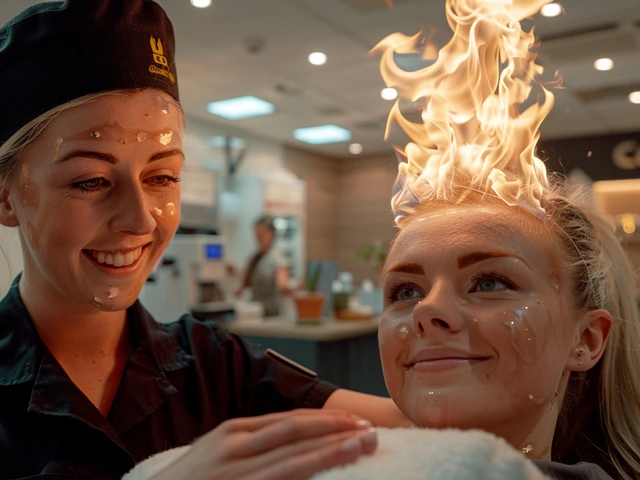Alternative Pain Management: Practical Ways to Ease Pain
If you're tired of pills and want gentle options, this page gathers proven alternatives that help with chronic and short-term pain. You'll find real therapies used by therapists and tips you can try at home. Read the quick overview, then click any article for deeper guides and practical steps.
Massage and bodywork often cut pain fast.
Techniques like trigger point massage, Amma, Lomi Lomi, and warm stone therapy focus where muscles tighten and nerves react. A short session can reduce muscle knots and increase blood flow. Try simple self-massage: press gently into a tight spot for 10–30 seconds, breathe, then glide along the muscle. If pain is persistent, book a trained therapist who uses targeted methods rather than a general spa rubdown.
Mindful movement therapies change how your body holds pain. Feldenkrais and Hellerwork teach body awareness and posture so pain patterns unwind over weeks, not hours. Do small daily lessons: slow, controlled movements with attention. These build better movement habits and cut strain on joints.
Energy and touch therapies suit people who want gentle care. Acupressure, polarity therapy, and bioenergetics offer low-risk ways to shift tension. Acupressure can help headaches and neck pain with a few clear points; polarity therapy mixes touch and stretches to calm the nervous system. Look for therapists with solid client feedback.
Manual structural therapies like Rolfing and Ortho-Bionomy target posture and chronic strain. They're deeper than relaxation massage but still avoid surgery. If scoliosis or long-term back pain limits life, these approaches aim to change how your body supports itself. Expect multiple sessions and slow, steady progress.
Some options support healing in medical cases. Palliative massage eases pain and stress for serious illness. Contractual tendon release and other minimally invasive procedures show up when conservative methods aren't enough—use reliable medical advice before deciding.
Self-care routines make everything work better.
Hydration, sleep, and gentle daily movement reduce flare-ups. Try 10 minutes of mobility work each morning and a 5-minute acupressure routine at night. Small habits stack into big changes.
Want a quick way to pick a therapist? Ask about training in the specific method you want, request client references, and check how they assess your pain before touching you. If something hurts more during a session, speak up.
Below are posts that go deeper into each method. Browse titles like "Trigger Point Massage," "Feldenkrais Training," "Ortho-Bionomy," and "Hilot Massage" to find step-by-step tips, science summaries, and real user stories. Save the ones that match your goals and try one new approach for a month.
If you have questions about any method or need help choosing where to start, tell me what your main pain is and I'll recommend two realistic options.
Many people combine two methods - for example, acupressure at home plus weekly bodywork - to speed recovery. Track changes in a notebook: pain level, sleep, and movement. After three to four weeks you'll see what helps most and can adjust your plan with clear evidence. Start small; be patient.

Unlocking Pain Relief: The Power of Medical Massage Therapy
Medical massage therapy offers a promising pathway for alleviating chronic pain, leveraging targeted techniques to address specific health issues. This practice not only provides relief but also aims to treat the underlying causes of pain, making it a potent alternative or complement to traditional medication. With its roots in various therapeutic traditions, medical massage is increasingly recognized by healthcare professionals as an effective treatment. This article delves into how medical massage works, the techniques involved, and tips for integrating this therapy into your wellness routine. By exploring these aspects, readers will gain a comprehensive understanding of how medical massage can enhance their quality of life.
Categories
- Health and Wellness (148)
- Alternative Therapies (86)
- Massage Therapy (40)
- Travel and Culture (15)
- Beauty and Skincare (9)
- Holistic Health (8)
- Health and Fitness (5)
- Spirituality (5)
- Other (2)
- Personal Development (2)
Popular Articles



